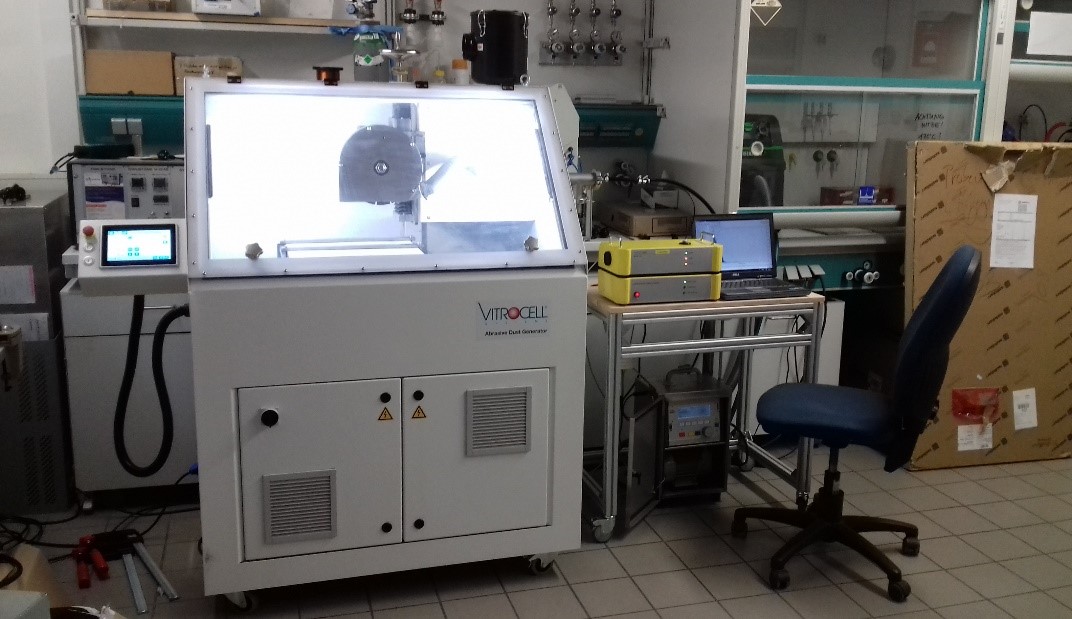Carbon Concrete Composites (C3)
For several decades now, the predominant construction material has been steel reinforced concrete. But several problems occur using this material. On the one hand, constant exposure to an oxygen-containing atmosphere leads to corrosion of the steel reinforcement. These effects are further enhanced by highly corrosive environments such as salty sea air or salt water. The corrosion of the reinforcement causes cracks in the concrete, which leads to a limited longevity of constructions built from steel reinforced concrete. Thus, these constructions will one day be in need of renovation or even dilapidated. On the other hand, in order to slow down the corrosion, a minimum coverage of the steel reinforcement with concrete is necessary, which requires more resources and leads to heavier constructions.
In recent years, a new building material has been developed that replaces steel reinforcement with carbon fibers, called carbon concrete composite (C3). Carbon fibers are considered inert to oxygen-containing atmospheres even under extreme environmental conditions. As a result, a minimum coverage of concrete is not necessary. The use of carbon concrete composites instead of steel reinforced concrete therefore leads to the expectation of a higher longevity of constructions built from this material as well as more resource and energy saving construction methods.
However, before a new construction material can be used covering a large area, it should be evaluated whether any substances harmful to health arise during the life cycle of the material. Our project is part of a project consisting of more than 300 subprojects with over 160 partners from industry and research and deals with the formation of toxicologically relevant substances and particles that are produced during abrasive (concrete cutting) and sequential thermal and abrasive processing (concrete cutting after domestic fire / recycling). For this purpose, the chemical fingerprint of dust samples from the abrasive processing of concrete is determined using various mass spectrometric methods such as EC/OC-PIMS, TD-GC/MS and GCxGC-HRT-MS. Furthermore, an analysis of the fiber morphology by means of SEM is performed at the TU Dresden. The chemical and morphological data are evaluated with respect to their toxicological relevance by means of toxicological tests on various lung cell cultures at Helmholtz-Zentrum München.
University of Rostock
Institute of Chemistry
Division of Analytical and Technical Chemistry
Dr. Christopher Rüger
Albert-Einstein-Str. 25
18059 Rostock
Tel.: +49 (0) 381 498 - 8990
christopher.ruegeruni-rostockde

